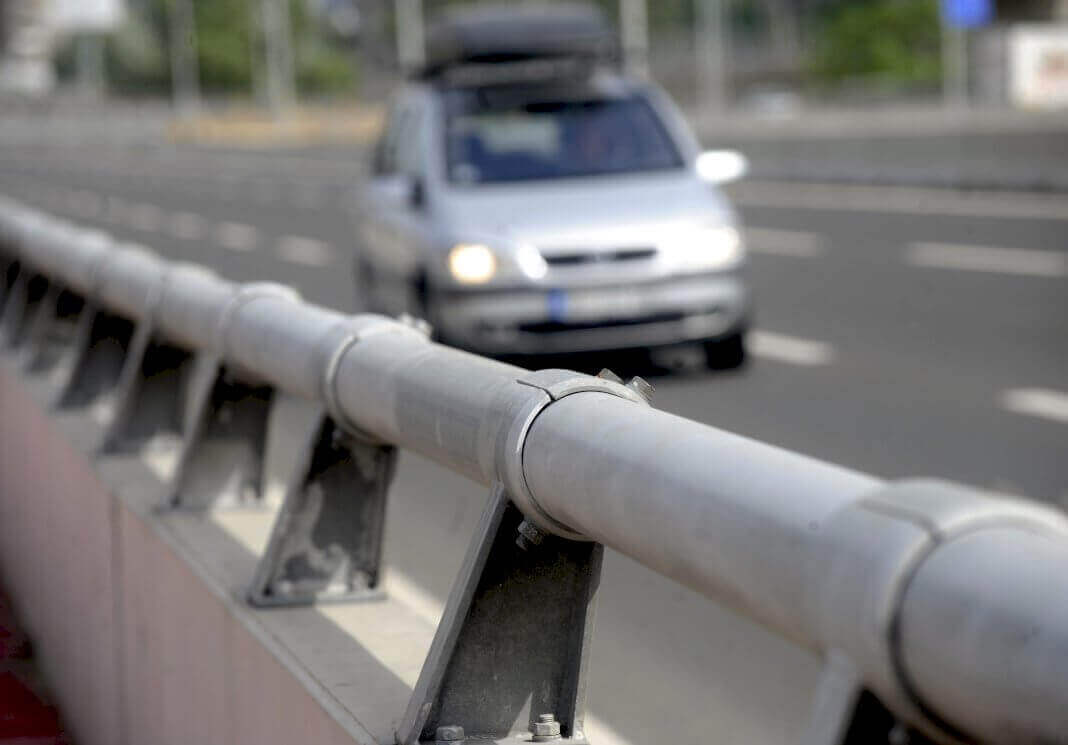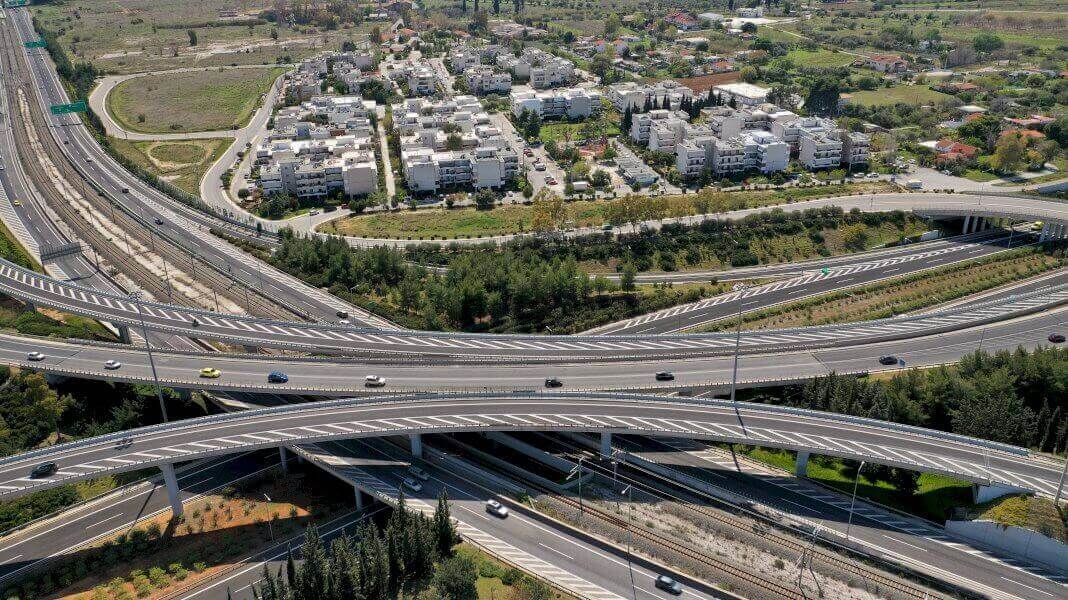Road construction is a notoriously disruptive process. Local residents have to deal with detours, noise, and dust, while businesses suffer from lost customers and decreased foot traffic. The situation is often made worse by poor communication from the construction company. Residents may not be informed about the work schedule or be given inaccurate estimates about when the construction will be finished. As a result, road construction can be a major source of frustration for everyone involved.
However, inconvenience is not the only problem. Studies show that the current road construction methods also fail to follow the set standards. Many roads are not built to last. They quickly become potholed and cracked and must be repaired or replaced within a few years.
There are several reasons for this, but listed down below are some of the more pressing ones.
The current process is outdated and inefficient.
Road construction is an essential part of maintaining a functional transportation system. However, current methods of road construction are failing due to outdated and inefficient processes. In particular, using asphalt paving machines is problematic because they cannot evenly distribute tar and other materials. As a result, the pavement is uneven and often cracks soon after it is laid.
In addition, constructing roads is extremely labor-intensive, and the workers are often exposed to hazardous materials.
As a result, it is not surprising that the cost of constructing a mile of road has nearly doubled in the past decade. Given these challenges, it is clear that new road construction methods are needed to improve efficiency and reduce costs.
There are more economical ways that would save time and money.
Road construction is a massive undertaking. Every year, governments around the world spend billions of dollars on road construction projects. However, many of these projects are plagued by cost overruns and delays. One reason is that current road construction methods are inefficient and wasteful.
For example, traditional construction methods often involve excavating large amounts of soil and then transporting it to another location. This process is not only time-consuming and expensive, but it also causes environmental damage. In addition, traditional road construction uses a lot of concrete, which is a non-renewable resource.
One more efficient way to build roads that would save time and money is called full-depth reclamation, and it involves recycling the existing pavement instead of starting from scratch. This process begins by milling up the existing asphalt surface. The resulting material is then mixed with binding agents and compacted to create a new foundation. Finally, a new layer of asphalt is applied on top. Not only is this method less disruptive than traditional construction, but it can be completed in a fraction of the time.
 The materials used are usually non-durable.
The materials used are usually non-durable.
Current methods of road construction are not only failing, but they’re also causing a lot of damage. The materials used in most roads are not durable, so they break down quickly. These release toxins into the air and water, harming plant and animal life. It also results in potholes, cracks, and other problems that can make driving dangerous and lead to costly repairs that can take months or even years to fix.
Here are some alternatives that can be considered:
- One of the most common materials used in road construction is asphalt. Asphalt is a petroleum product that is highly flammable and releases toxins when it burns. In addition, it does not last long and needs to be replaced every few years. An alternative to asphalt is concrete, which is much more durable and lasts for decades.
- In terms of road and pavement markers, thermoplastic road marking paint is a more durable and long-lasting option than traditional paint. This material is less likely to fade in the sun or be damaged by weather, making it ideal for use in all climates. Last but not least, reflective glass beads are an essential safety feature that should be used on all roads. These beads increase the visibility of road markings, making it easier for drivers to see them at night or in poor weather conditions.
- Another common material used in road construction is gravel. Gravel is often used as a foundation for roads, but it does not bind well with other materials. As a result, it can shift and cause the road to collapse. An alternative to gravel is crushed stone, which is much more durable because it is bound together with cement.
Sustainable materials would not only be better for the environment but also last longer and require less maintenance.
This would save money in the long run and make our roads safer and more enjoyable to drive on.
There is a need to invest in new technology.
online pharmacy purchase prednisone online generic
As our population continues to grow and our cities become more densely populated, it’s clear that it is necessary to find more efficient and sustainable ways to build roads. Luckily, many promising new technologies could revolutionize the road construction industry.
For example, 3D printing technology can be used to create customized asphalt mixtures that are specifically designed for each project. This could help to reduce material waste and improve the quality of the finished product. In addition, recycled materials such as plastic bottles and tires can be used to create artificial turf that can be used in place of traditional asphalt.
These new methods of road construction are not only more environmentally friendly, but they also have the potential to save governments billions of dollars each year.
Road construction methods have been around for a long time and haven’t changed much. It’s clear that the current road construction process is outdated and inefficient, and there are more economical ways to build roads that would save time and money. Furthermore, the materials used are usually non-durable, which creates further problems down the line. It’s time to invest in new technology to create better, longer-lasting roads for the future.
Read More: Construction Safety Checklist


